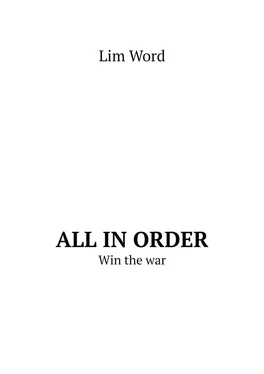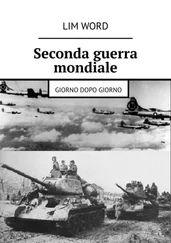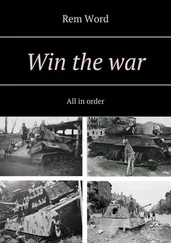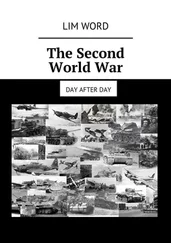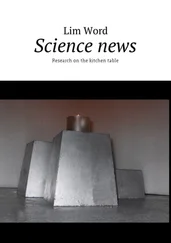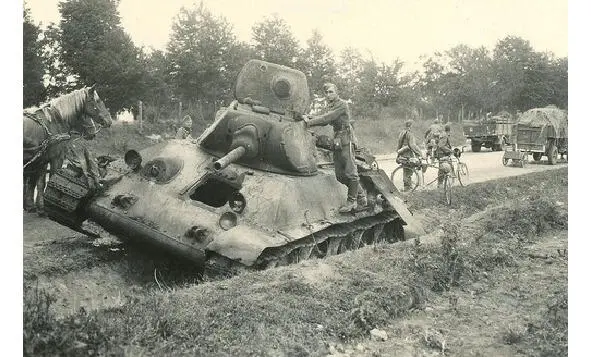
So, there are counter tank fights near Kiev, sometimes successful, more often – no, massive frontal offensives on the positions of German anti-tank guns, maneuvering without communications and normal maps, separation from supply and repair lines. The result: by 30 June the Red Army loses 2,600 tanks, the Wehrmacht – 180 (irretrievably). The entire South-Western Front is crashing down. Stalin realizes the reality of such a picture: he is confronted with a group of German generals, with Hitler, compelled to answer their questions, unimaginably small and pitiful. This Dzhugashvili does not like, and he, even if not immediately, begins to make more or less correct decisions. The principle of eliminating problems, before – to see only the good, to discard all that is not part of smart plans. If someone talks about dying of hunger – they should be made to confess to espionage to Britain, and the question is solved. Twenty years after the Revolution, the people live worse than in 1914 – let’s say that this is not true, and the end is the matter. In Moscow (supply in a special category), after the cards have been canceled, thousands of queues are snapping around the stores – comrades from the NKGB warn the townsfolk without proper registration, that their next visit to the capital will be punished by article for speculation – and the crowds quickly disappear. Why bother with the actual development of the production of this boring consumer goods? The Scout believes that the Finns will not take the bread and salt of the Red Army – he should be summoned to Moscow and eliminated. It is the same with reports of the situation with the preparation of troops, or Hitler’s plans for an invasion. Those who express unpleasant, should be removed – and everything becomes pleasantly quiet.Photo – a German soldier examines a damaged tank T-34-76 on the roadside. Probably, the neighborhood of Kiev, July 1941..

But, this time, if we do not see the armored columns of the Wehrmacht, they do not cease to exist, and the mental image: Stalin before the smiling German military is becoming more real. The first orders are to “shoot”. It does not get better from that. Earlier, it was possible to establish ubiquitous deathly silence. Now the clanking of the caterpillars of German tanks is becoming more and more distinct. The commanders are getting cold hands, blood is pouring from the brain, resentment is rising in the chest – nothing more. Stalin must abandon executions, empty slogans, and work with the problem, now delving into the essence of what is happening. The control system is reconstructed into a real solution of the problems. This works from the second half of 1942, to May 45th, and, for two and a half years, allows you to get away from almost complete collapse to victory.Photo – burning T-34-76. At this stage of the war, “steel monsters” still do not impress the higher officers of the Wehrmacht. The Red Army had by this time only 60 trained crews, for these tanks. The Battle of Dubno-Lutsk-Brody, summer 1941

Kiev strategic defensive operation, summer 1941. Retreating and somewhat demoralized Soviet soldiers

German cars and armored vehicles follow the T-38 tank with four towers demolished from the hull (there was only one). Ukraine, August 1941

The Soviet tank KV-1, smashed by dozens of hits. July 1941, the south of the USSR. Armament: 76 mm. gun, 90—114 shells, three 7.62 DT machine guns (course, paired with a gun, aft). Booking: the forehead, the side of the hull is 75 mm., The forehead, the side of the tower is 75 mm. (protection from an armor-piercing shell of a 50-mm German cannon further 200 meters). Crew of 5 people. Weight 48 tons. Common problems with the transmission. Speed on the highway 34 km. h, the reserve for cross-country terrain is 120 km. Specific power 11.6 hp, ground pressure 0.77 kg. see From 1939 to 1942 produced 2770 machines.
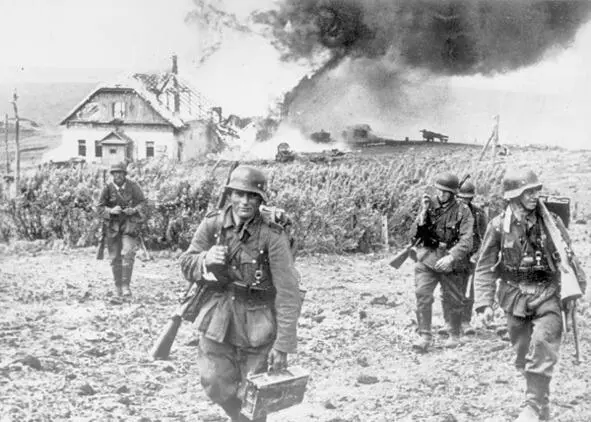
German soldiers, the occupied territory of the USSR, summer 1941
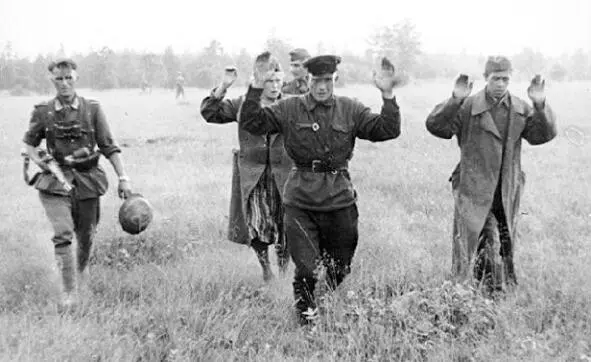
Captured Soviet soldiers
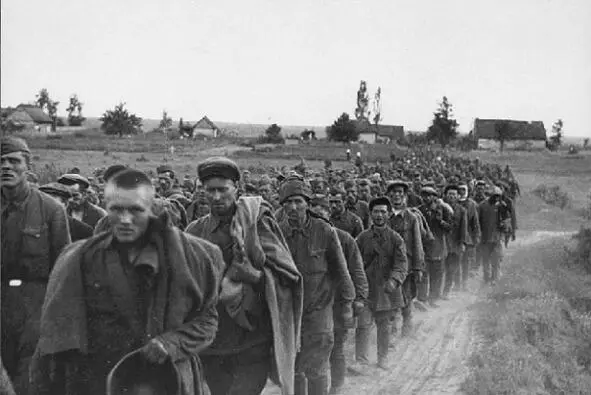
Captured in the Kiev Kettle Soviet soldiers
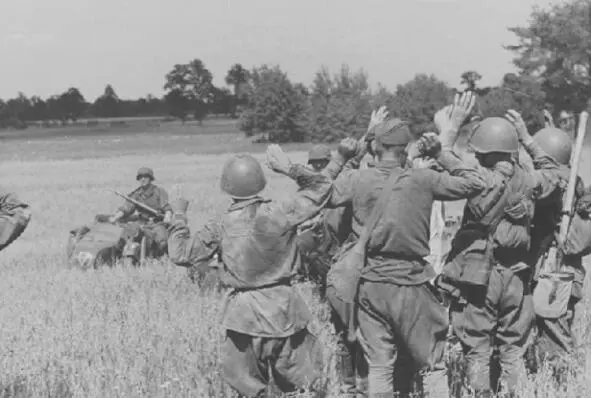
Neighborhoods of Kiev, 1941…
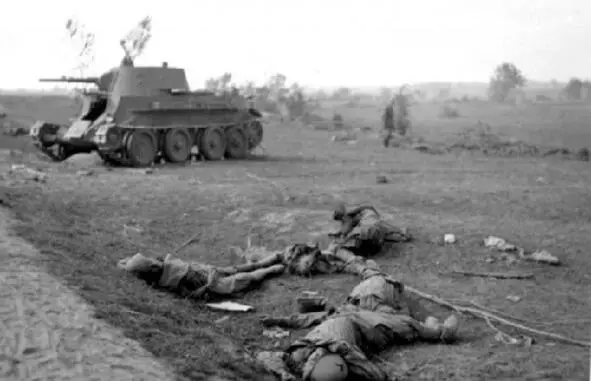
After the battle in the Kiev Kettle. In the background, for the dead Soviet soldiers – the Soviet tank BT-7
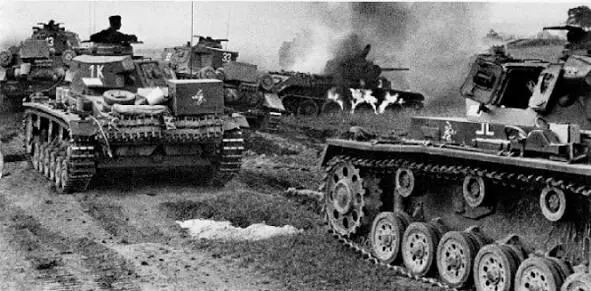
German armored column and burning T-34-76, Ukraine, 1941
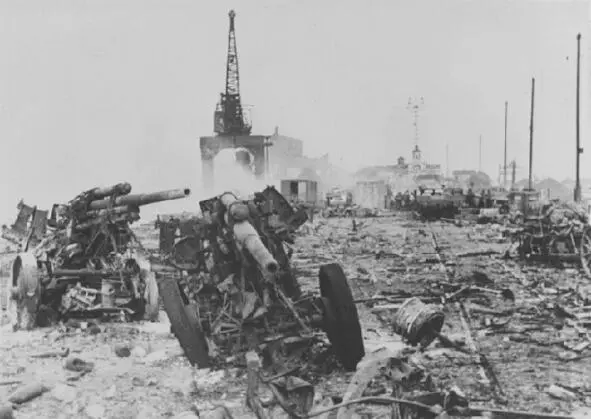
August 13, 1941 Odessa leaves the last railway train. The defense of a large Black Sea city is quite successful, but the Stavka makes a decision to evacuate troops to the Crimea. The losses of the Soviet and Allied German-Romanian troops are approximately equal – 18,000 men each side
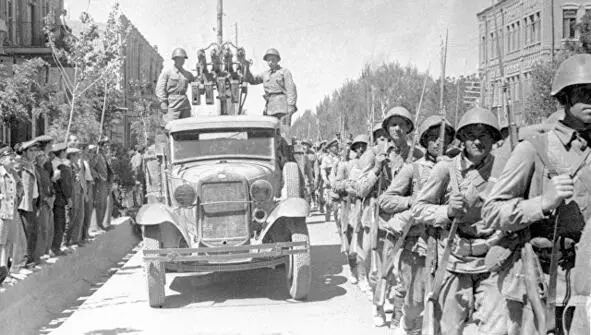
The Anglo-Soviet invasion of Iran (operation “Consent”) will take place on August 25, 1941. Without declaration of war, the forces of the British Empire attack the Shah army from the Persian Gulf, the Soviet units from the Transcaucasus. The main strike force of the Red Army is about a thousand T-26 tanks, the Caspian Flotilla, the British – the fire of ship artillery and the Air Force. Many large cities, including Tehran, are bombed. Hundreds of civilians die. In the time of peace, the Iranian army is densely packed with money, but it is even more corrupt. The Iranian divisions soon lose control (the higher officers try to leave the battlefields), crumble, surrender to more or less honorable captivity. Some parts intend to fight to the end, however, on August 29 the shah gives the order to lay down their arms. In the photo – the Soviet military column enters the Iranian city of Tauris
Читать дальше
